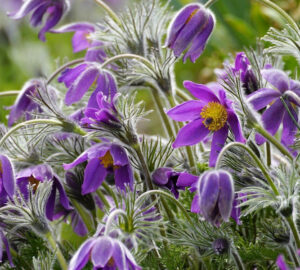As winter’s frost begins to loosen its grip, a delicate harbinger of spring emerges – the snowdrop (Galanthus). Known for its pristine white blossoms and resilient spirit, this perennial bulb holds a special place in the hearts of garden enthusiasts. In this article, we will explore when snowdrops bloom, the optimal planting times and what to do if you missed the autumn window.

When Do Snowdrops Bloom in Gardens?
Snowdrops are early bloomers, typically gracing gardens with their presence from late winter to early spring. Their exact blooming time varies depending on your location and the specific variety of snowdrop. In milder climates, they may appear as early as January, while in colder regions, it might be March before these dainty blooms make their debut.
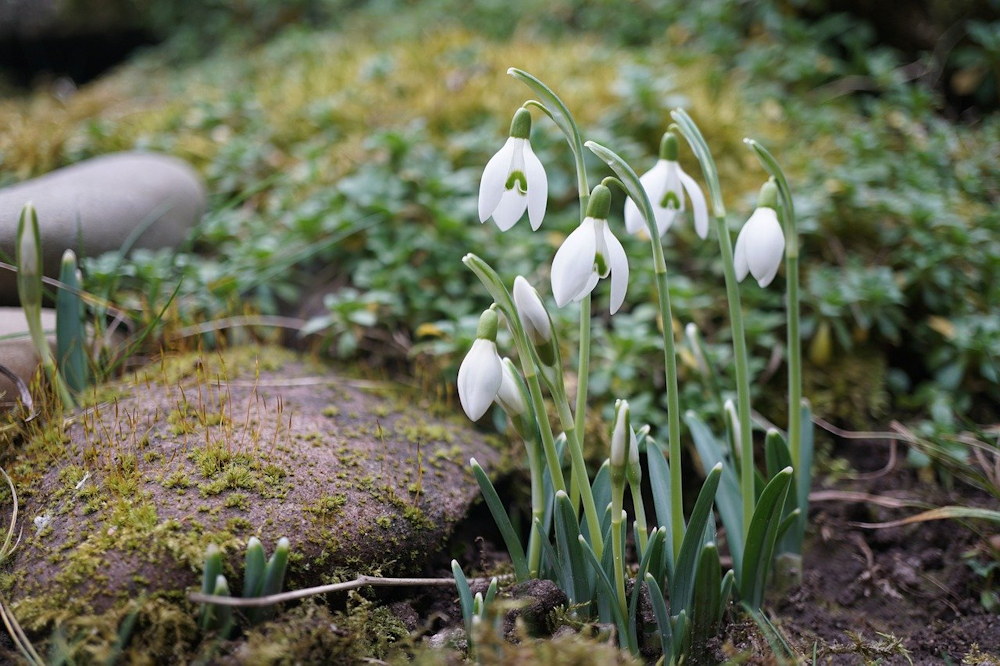
Planting Snowdrops: Timing and Techniques
Optimal Planting Time
Ideally, snowdrops should be planted in the autumn, allowing the bulbs to establish their roots before the harsh winter chill sets in. However, if you find yourself contemplating their charm in late winter, fear not – late winter or early spring planting is still possible.
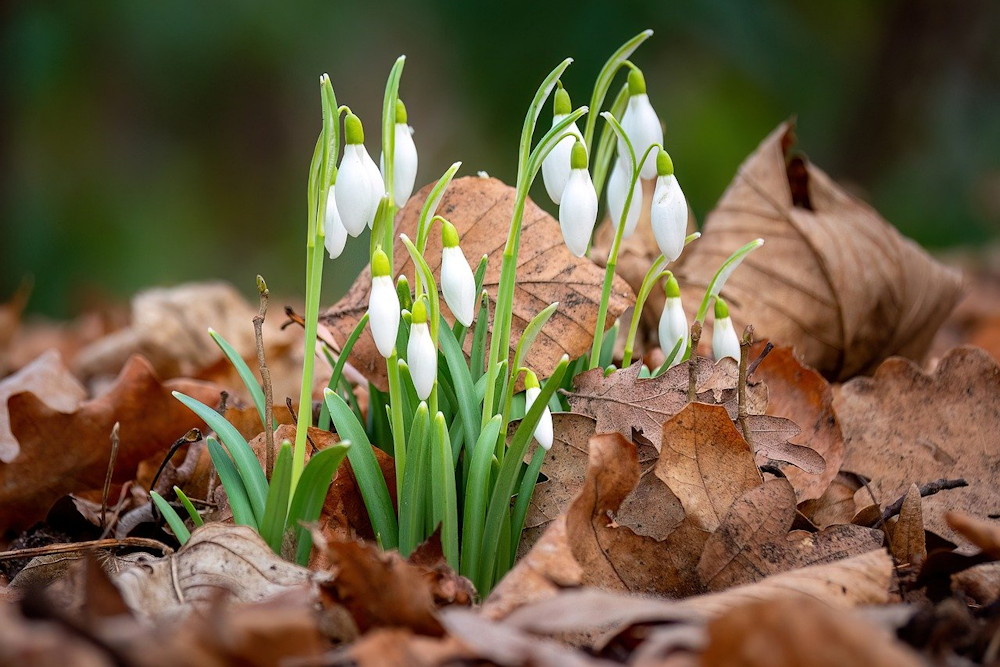
How to Plant Snowdrops
- Choose a well-draining soil enriched with organic matter.
- Dig a hole about three times the depth of the bulb and space each bulb 3-4 inches (7.5-10 cm) apart.
- Place the bulb with the pointed end facing upwards.
- Cover the bulbs with soil and water thoroughly.

Missed the Autumn Window? Here’s What You Can Do
If you missed the autumn planting season, fear not – snowdrops are forgiving and can be planted in late winter or early spring. Follow the steps mentioned earlier and ensure the soil remains consistently moist until the bulbs establish themselves. While the flowers may not be as abundant in the first year, with patience, your snowdrops will reward you with their delicate blooms in subsequent seasons.
One convenient alternative is to purchase potted snowdrops, typically available at local nurseries or garden centers. These potted specimens are usually in the budding stage, offering a head start on the blooming process. While the ideal time to plant snowdrops is in the autumn, these potted varieties can be successfully transplanted in late winter or early spring.
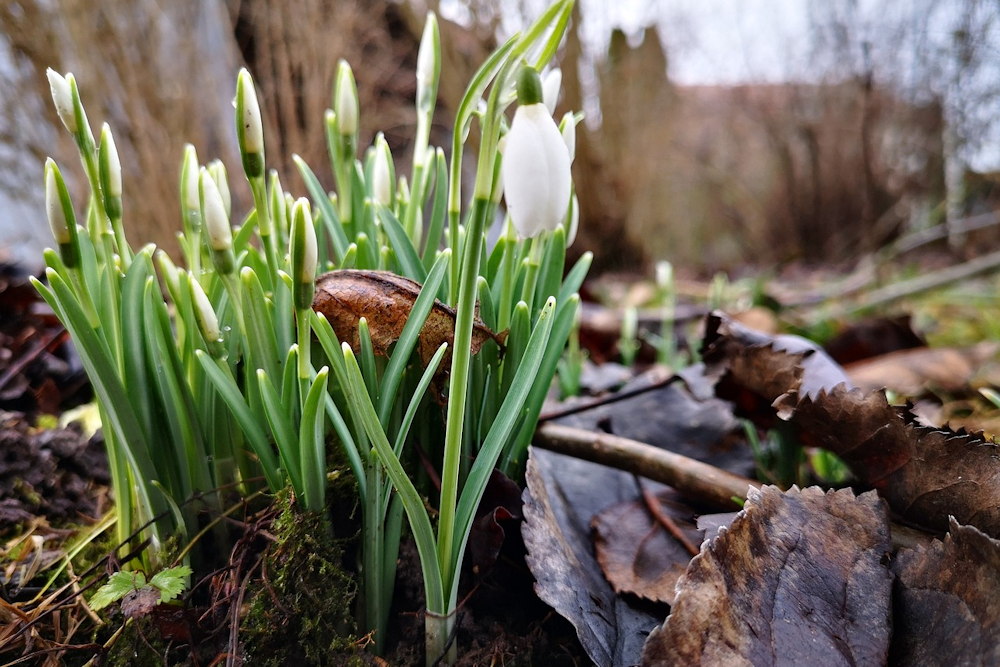
Enchanting Insights: Unveiling the Wonders of Snowdrops
- Symbol of Hope: Snowdrops are often considered a symbol of hope and renewal due to their ability to bloom in the harshest winter conditions.
- Scientific Name Meaning: The scientific name Galanthus is derived from the Greek words “gala,” meaning milk, and “anthos,” meaning flower, referring to the white color of the blooms.
- Natural Habitat: Snowdrops are native to parts of Europe and Asia, thriving in woodland areas and moist meadows.
- Toxicity: While these charming flowers are a delight to behold, it’s essential to note that all parts of the snowdrop plant contain alkaloids and are toxic if ingested. Handle with care and keep them away from pets and children.
- Longevity: Despite their delicate appearance, snowdrops are surprisingly hardy and can endure chilly temperatures and even light snowfall.
- Collector’s Passion: Snowdrop enthusiasts, known as “galanthophiles,” passionately collect and cultivate various snowdrop varieties, contributing to a vibrant and diverse community of enthusiasts worldwide.
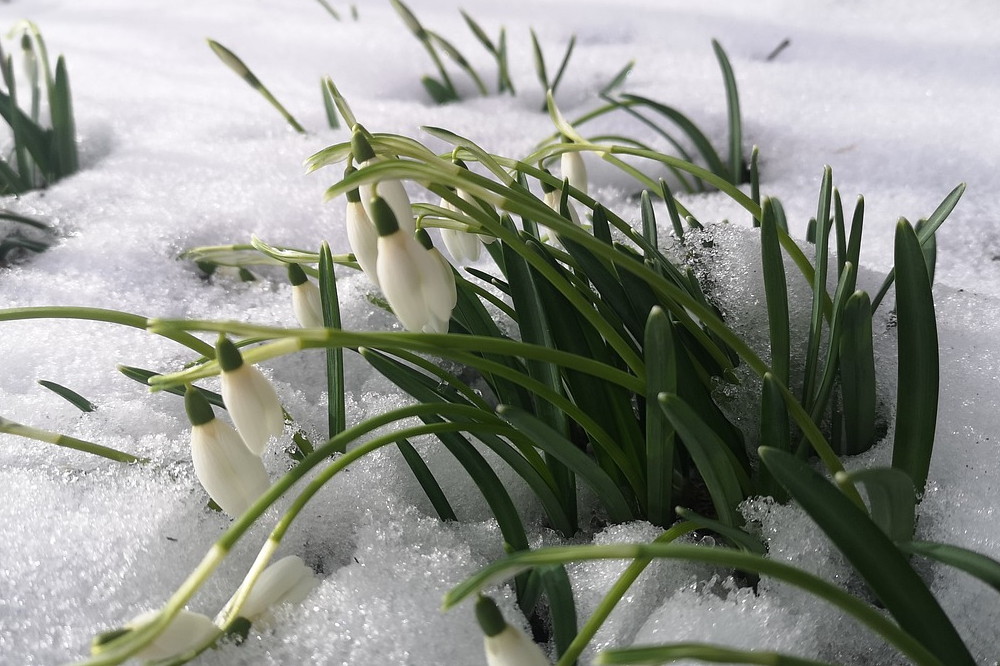
Embracing the allure of snowdrops in your garden not only brings early spring joy but also symbolizes resilience and hope. Whether you’ve meticulously planted them in the autumn or decided to take a chance in late winter, the delicate beauty of Galanthus is sure to captivate and inspire as winter gives way to the promise of spring.









